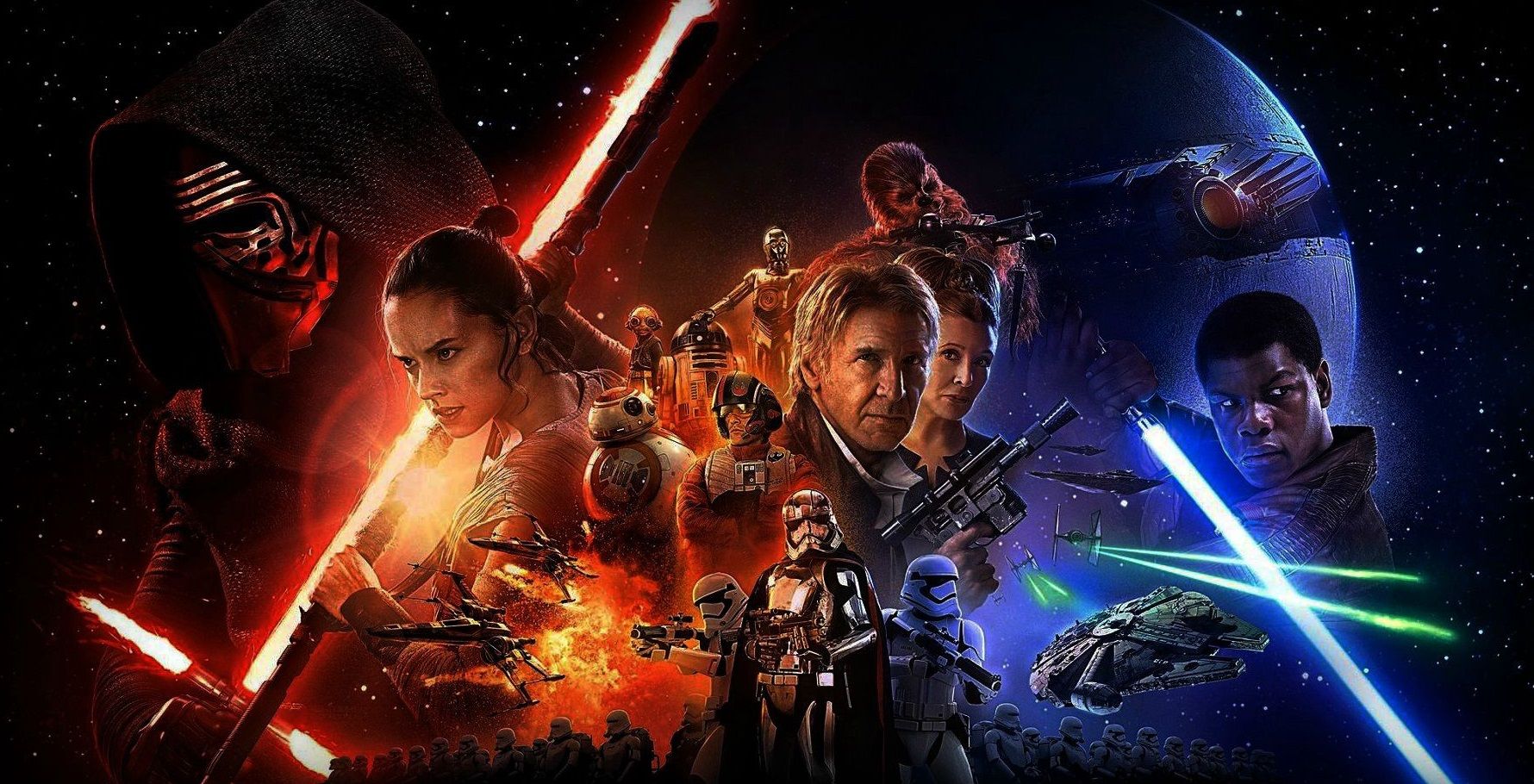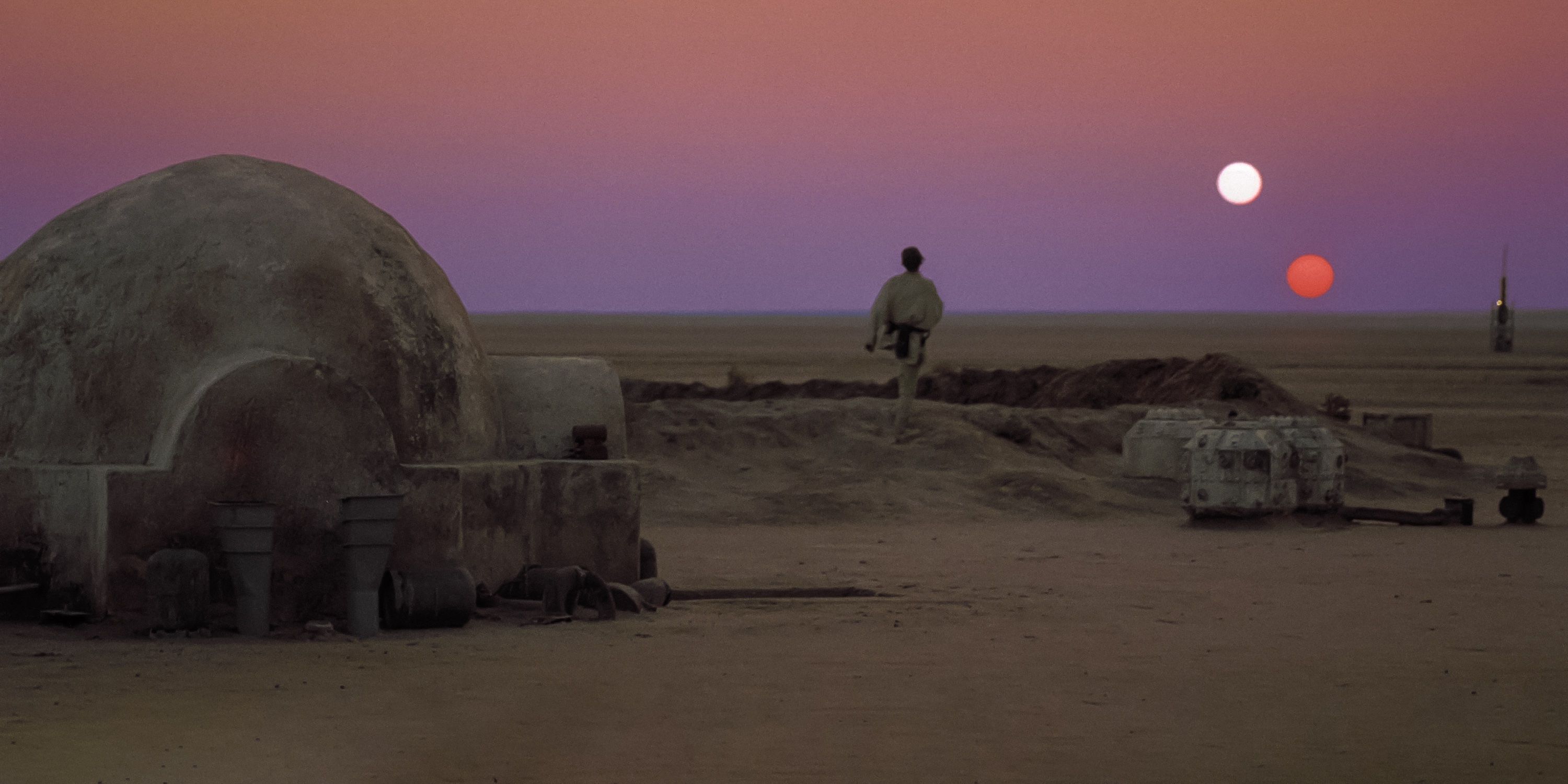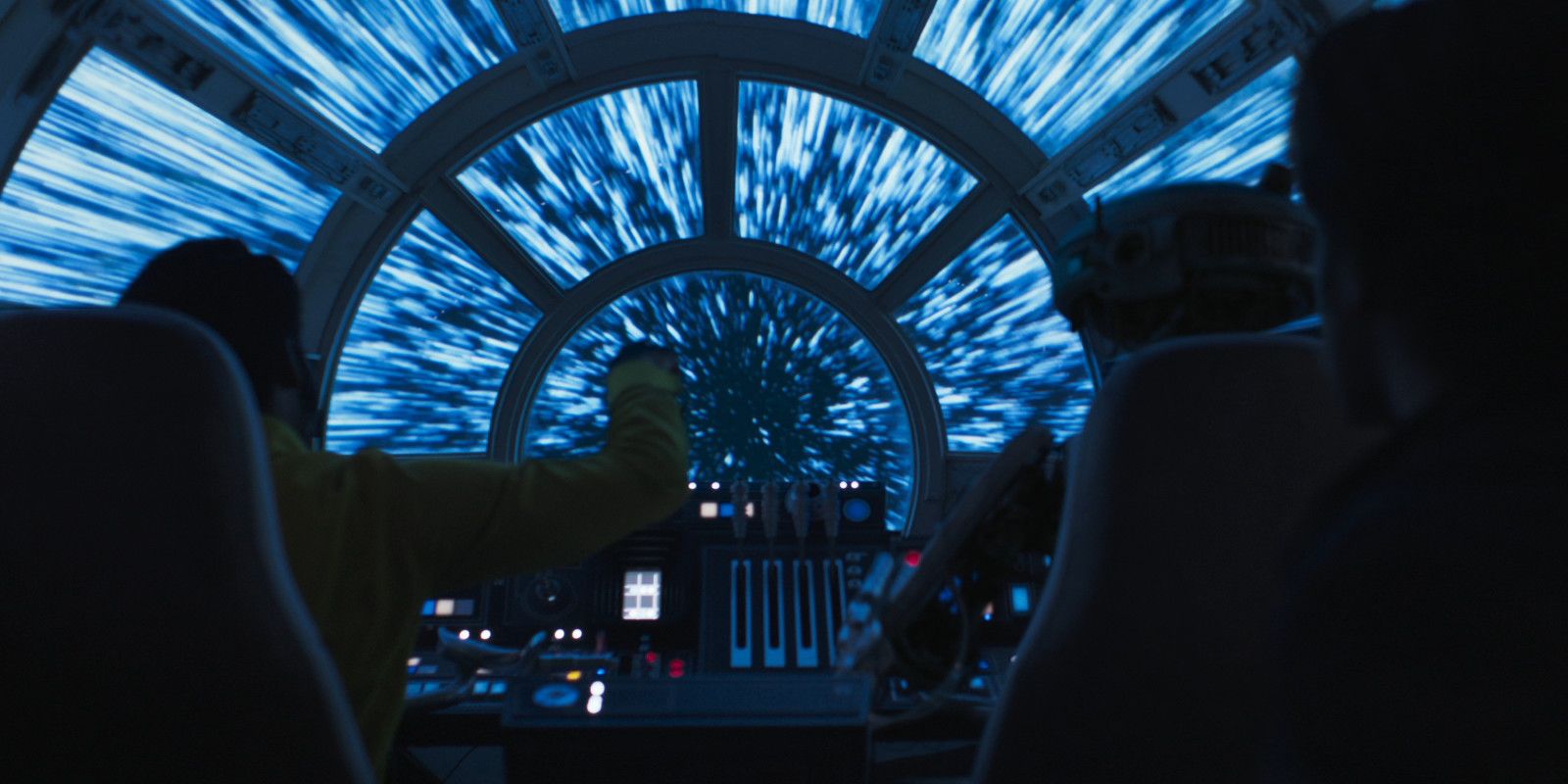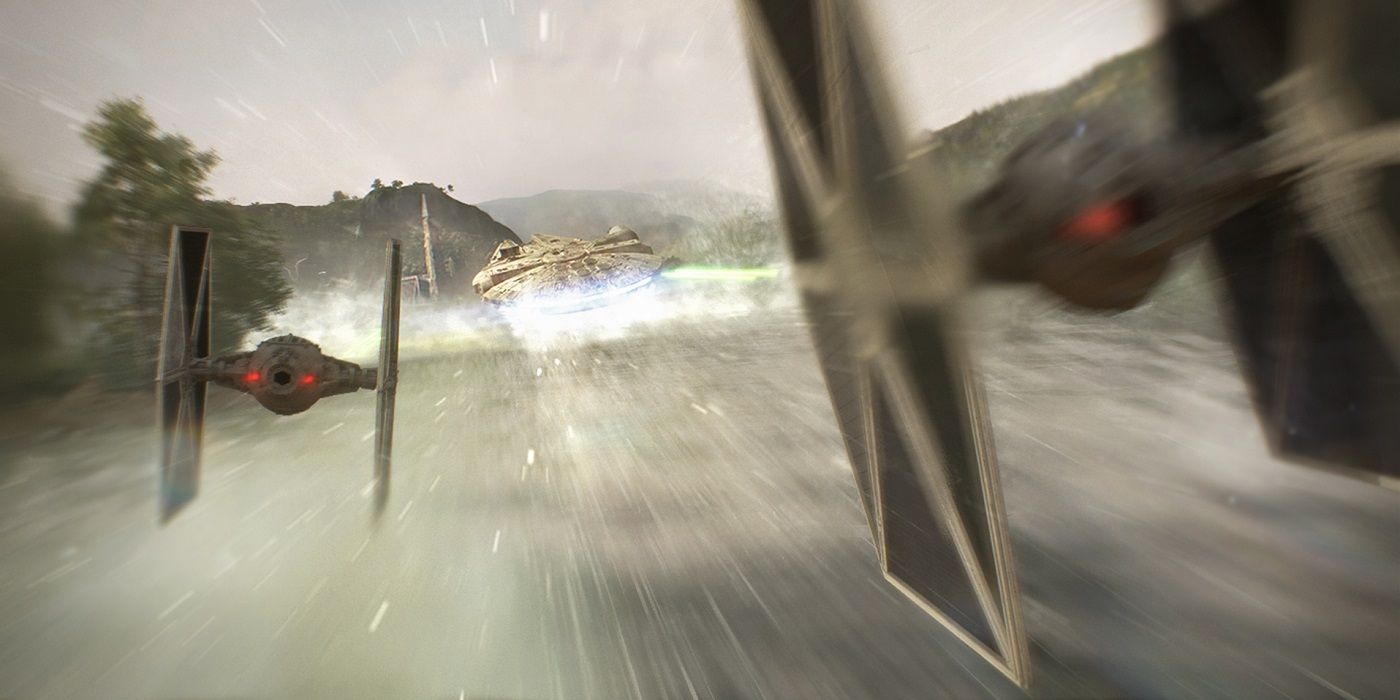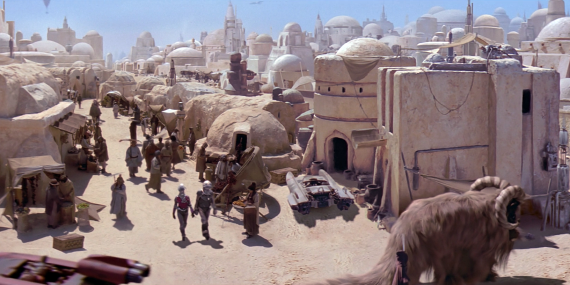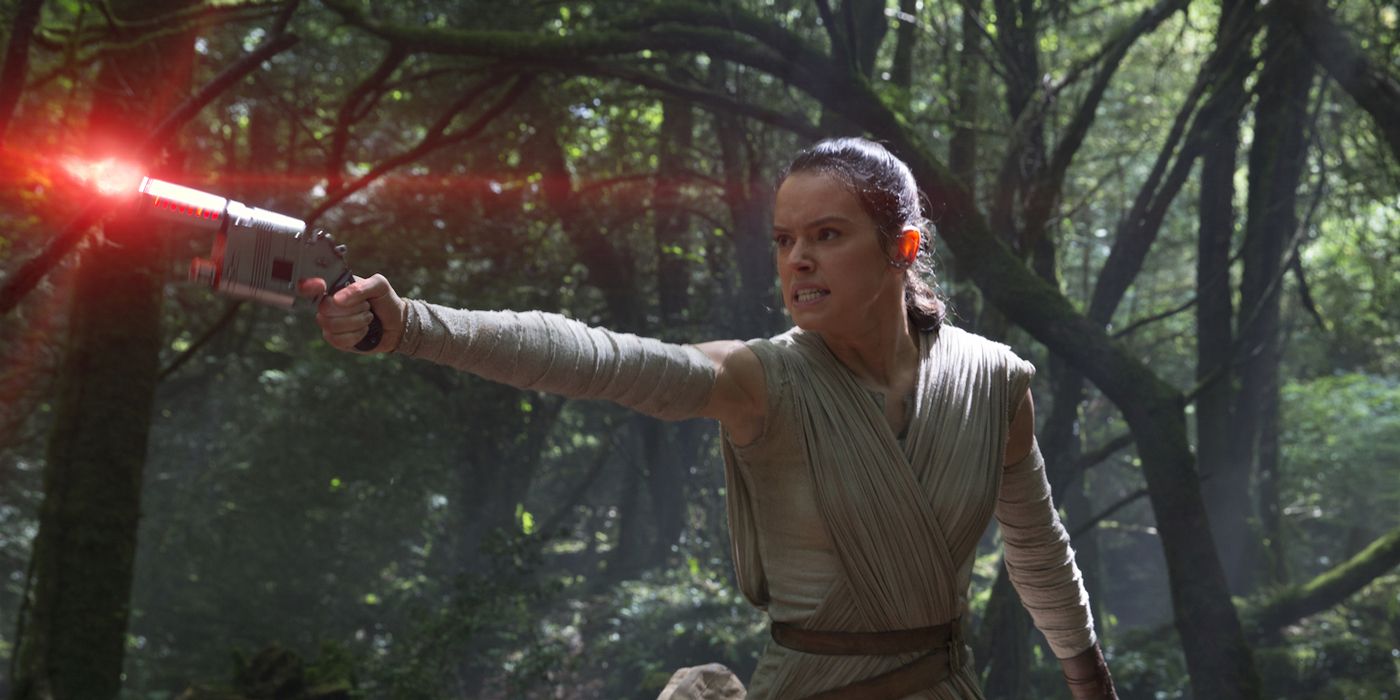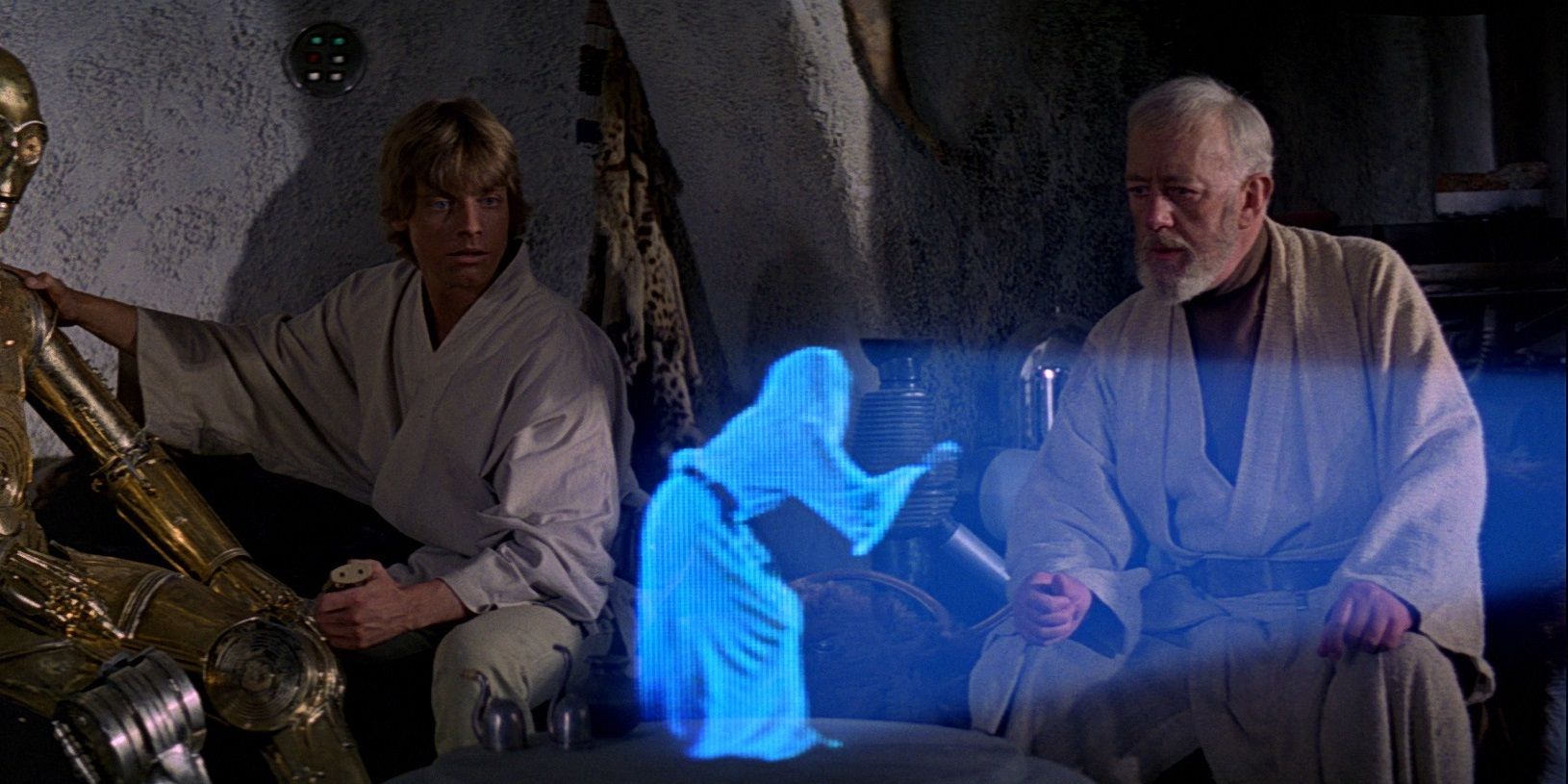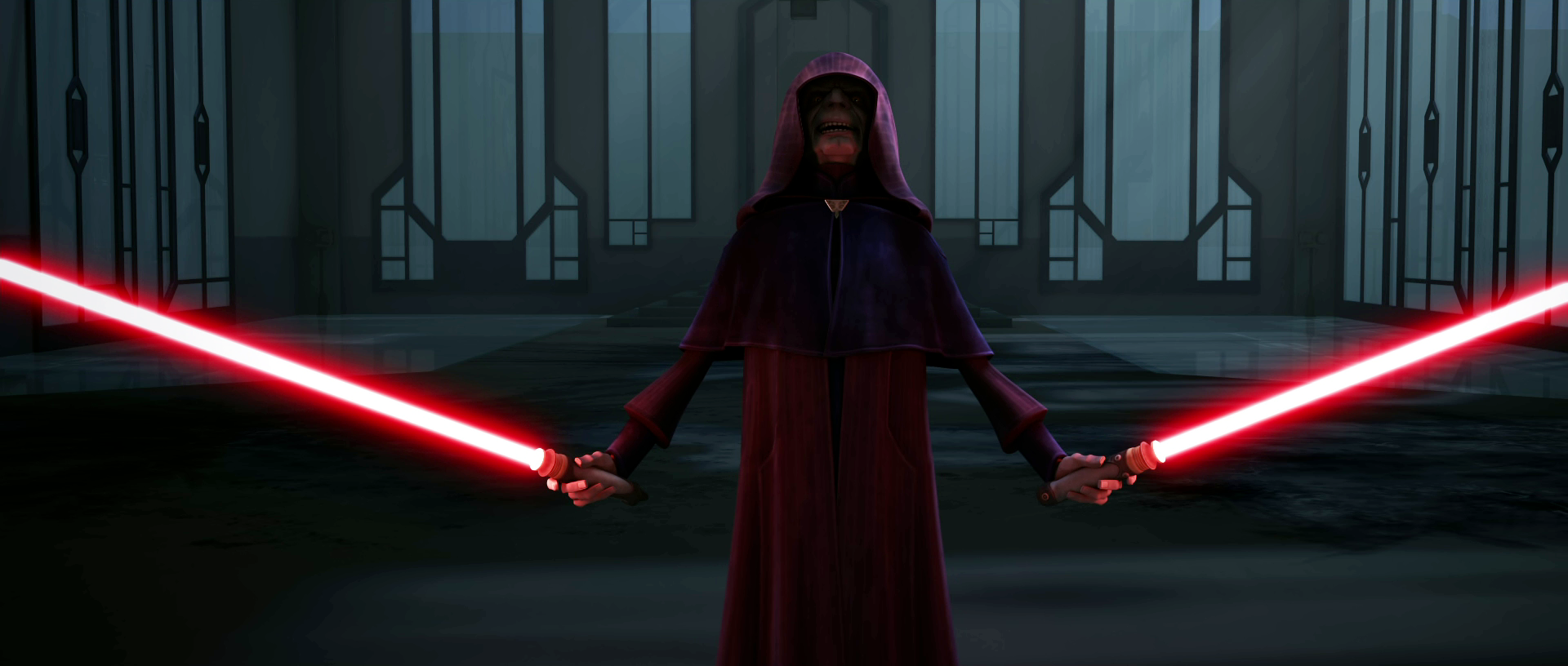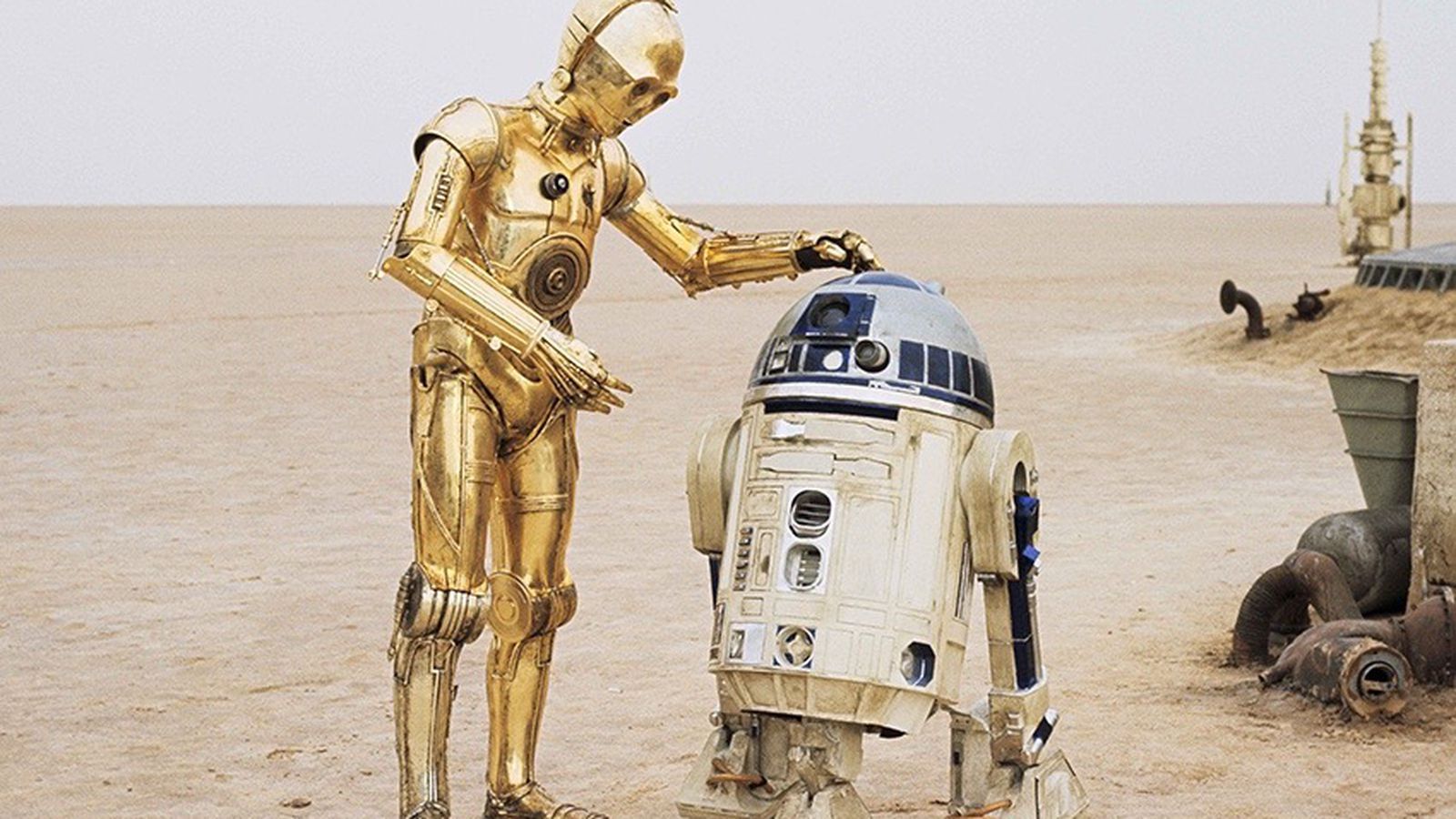When A New Hope was first released back in 1977 it opened the door for not only a movie franchise that would dominate the world but also, like science fiction often does, a plethora of scientific discoveries and predictions for the future of the galaxy that we are apart of. While Star Wars is typically known for the story it tells and the emotions it evokes, and not so much for the accuracy of its science, there are some examples throughout the films where Star Wars actually manages to get things right.
PREVIOUSLY: 20 Things Wrong With Palpatine That We All Choose to Ignore
So, before Episode IX comes out, let’s analyze just how accurate the science is in that galaxy far far away.
INACCURATE: EXPLOSIONS IN SPACE
We might as well start with the inaccuracy that everyone is already aware of. Explosions in space. Totally not a thing. At least not how they’re portrayed in Star Wars. There are two rather large components to why the explosions in Stars Wars don’t make any sense. First off, the explosions are loud, which makes absolutely no sense in the vacuum of space.
Sounds waves need to be carried through a medium like gases or liquid in order to be audible, of which there are effectively none in the vacuum of space. And B, the explosions are often large and last a relatively long time, but with no oxygen to burn in the vacuum of space, these explosions should appear much more like the flash of a camera rather than the types of explosions that would take place on somewhere like earth. Or Hoth.
ACCURATE: DOUBLE SUNS
Something Star Wars does manage to accurately portray right off the bat is the double-sunned world of Tatooine. In fact, there are many planets in our galaxy, and the known universe as well, that are part of a two-star system. These planets, that orbit around more than one star, are called circumbinary planets; and while there are several configurations of these types of planets, one of the possible configurations viewable in the known universe are planets that orbit around two stars.
While this may seem far-fetched to us earthlings, it’s possible that there are many extraterrestrial species that would find our single star system rather odd. Luke Skywalker certainly would. Earth’s intergalactic yelp score? One-star.
INACCURATE: HYPERSPACE
Unfortunately, one of Star Wars hallmarks, Hyperspace, is another one of those things about Star Wars that just doesn't make much sense under a scientific lens. While it would’ve been possible, or more possible, I should say, for the citizens of the galaxy far far away to have developed a warp drive capable of collapsing space-time in on itself making intergalactic travel, not just possible, but probable.
However, Star Wars signature jump the hyperspace is something that requires interdimensional travel on a scale that’s simply improbable, and doesn’t stand much ground scientifically other than in the world of the hypothetical.
ACCURATE: TIE FIGHTERS/ION ENGINES
While there are many things about the Star Wars universe that make absolutely no sense scientifically, the ion drives used to propel most sub-light speed crafts are surprisingly based in reality; just ask NASA, as they are currently using the same types of ion drives in the spacecraft that they use today.
Ion thrusters are electrically powered propulsion engines that provide thrust by accelerating positive ions with electricity. While you won't find any ion drives propelling the citizens of earth, as they don’t work when the surrounded by ions, in the vacuum of space, there’s no better way to get around. At least for now.
INACCURATE: PARSECS
When A New Hope was first released and audiences were introduced to Han Solo, Chewbacca, and the famous Millenium Falcon, “The ship that made the Kessel run in twelve parsecs”, most astronomy fans were quick to point out that a parsec is not a measure of time, but rather a measure of distance. 3.26 lightyears to be precise.
So stating that the Millenium Falcon made the Kessel run in the original trilogy seemed a bit like saying it flew a mile in a quarter of a mile, which didn’t make much sense. If you managed to see Solo, however, this issue appears to have been fixed by the actual filming of the Han & Chewie’s epic venture through the Kessel run.
ACCURATE: OTHER INHABITABLE PLANETS
It seems like nearly every day we hear more and more some astronomer working for NASA has found yet another planet that looks like it’s capable of supporting life. So it should be of no surprise to anyone that the fact the Star Wars is a film based entirely on the premise that there is life out there in the universe is actually more realistic than George Lucas may have thought when he originally conceived the idea of the galaxy far far away.
RELATED: Fascinating Facts About Darth Vader's Lightsaber From Star Wars Canon
We may not have mastered intergalactic travel yet, or even interplanetary travel yet, but when that time arrives you can be sure that humanity will be desperately searching for the nearest interplanetary cantina.
INACCURATE: DODGING BLASTER FIRE
This one seems like kind of a no-brainer. First, the lasers that are shot out of blasters on both the starships and handheld blasters shouldn’t even be visible, because that’s just not how lasers work. And even if they were, for some reason, visible, they would most certainly be impossible to dodge, even in a spacecraft.
Even in a spacecraft with a quantum computer- based AI system, that system would have to make calculations in the time it took a beam of light to travel from one ship to another. But hey, if they have a hyperdrive capable of pulling them into another dimension and popping them out at a predetermined location, then I guess anything is possible.
ACCURATE: 3-D PROJECTIONS
“Help me Obi-Wan Kenobi. You’re my only hope.” That classic line is spoken by a distressed, translucent, and 3D projected version of Princess Leia. Not only are 3D projections not out of the world of possibility, but they’re also something that we’ve actually commonly used and they’re only getting better. With all the advancement in VR and AR technology lately, there are plenty of examples of 3D projected holograms throughout the world today.
Anything from a hologram Tupac performing at Coachella back in 2012, to local news channels using holograms and AR to inform viewers what the weather will be like today, even something like Pokemon Go is based on projects a 3-dimensional image into the world we live in.
INACCURATE: LIGHTSABERS
Remember that scene in episode one where Qui-Gon holds his lightsaber to that thick metal blast door and patiently waits until he’s reduced the door to a boiling puddle of magma? Didn’t watch the prequels? Then how about that time Darth Vader Chops through Luke’s wrist whilst simultaneously cauterizing the wound? Well, in order to exude the kind of heat necessary for events like those to take place, the lightsaber would literally burn everyone around alive.
Nevermind actually being stabbed by one, which would essentially rapid boil the victim's innards causing them to explode. Kylo Ren would definitely be way more traumatized by what he had done to Han if he had literally exploded in front of his eyes.
ACCURATE: DROIDS
We’ve all seen the videos. From the humanoid robot Sophia, built by the Hong Kong Robotics company Hanson Robotics to the jumping cheetah robot over at MIT and even some of the machines we’ve got working in our factories. They may not be entirely sentient or able to pull off even half the crazy stuff R2D2 has over the years, but for better or worse they’re getting more and more advanced every year.
It’s entirely possible that at some point in your lifetime we’ll have droids that can do much more than jump around or gain citizenship in Saudi Arabia, but until then there’s plenty of truly awesome things going on right here on Earth right at this very moment. Go check some of them out!

